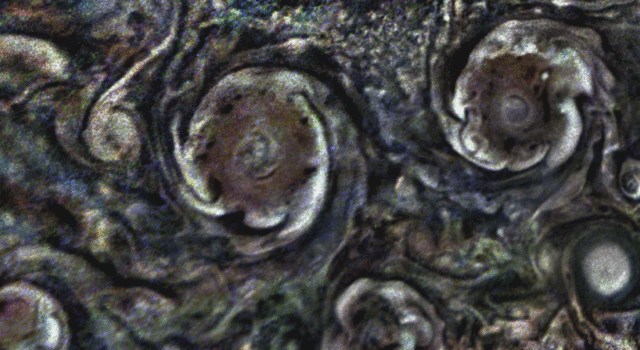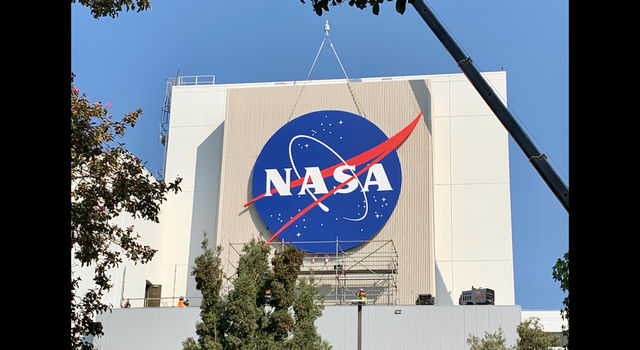Blogs | Slice of History | August 1, 2013
Hadamard Matrix
In 1961, mathematicians from NASA's Jet Propulsion Laboratory and Caltech worked together to construct a Hadamard Matrix containing 92 rows and columns, with combinations of positive and negative signs. In a Hadamard Matrix, if you placed all the potential rows or columns next to each other, half of the adjacent cells would be the same sign, and half would be the opposite sign. This mathematical problem had been studied since about 1893, but the solution to the 92 by 92 matrix was unproven until 1961 because it required extensive computation.
From left to right, holding a framed representation of the matrix, are Solomon Golomb, assistant chief of the Communications Systems Research Section; Leonard Baumert, a postdoc student at Caltech; and Marshall Hall, Jr., a Caltech mathematics professor. In a JPL press release, Sol Golomb pointed out the possible significance of the discovery in creating codes for communicating with spacecraft.
The team used JPL’s IBM 7090 computer, programmed by Baumert, to perform the computations.
TAGS:HISTORY, MATHEMATICS, SPACECRAFT







